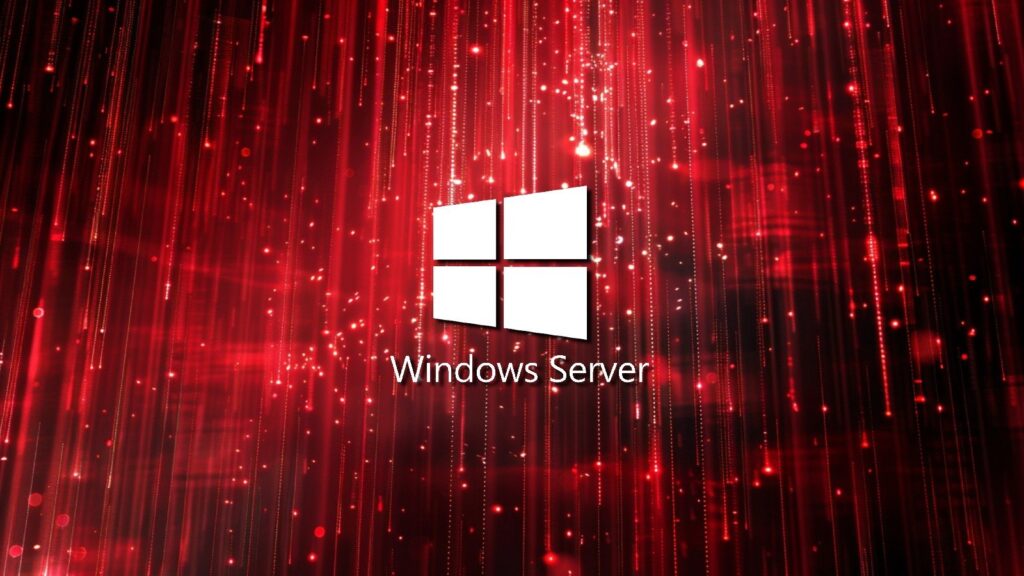Microsoft has fixed a bug that was causing some Windows Server 2022 systems with two or more NUMA nodes to fail to start up.
NUMA (short for non-uniform memory access) is a computer memory architecture in which multiple processors are connected to the same shared memory pool via high-speed interconnections to control performance bottlenecks.
This design is extensively used in Windows servers with multiple physical central processing units (CPUs) or multi-core processors, which are common in enterprise computing and other industries requiring high-performance computing (HPC).
A Windows Server NUMA node optimizes how CPUs and memory interact to improve performance and increase speed in multi-processor systems. It provides faster access to “local” memory for specific processors, which would take longer when connecting to “remote” (farther away) memory linked to other nodes.
“Some servers that have two or more NUMA nodes fail to start up,” Microsoft explained in the KB5052819 support document published over the weekend.
“If you installed earlier updates, only the new updates contained in this package will be downloaded and installed on your device.”
The company also released the Windows Server 2022 servicing stack update (KB5050117), which includes quality improvements to the servicing stack, the Windows component that installs updates.
“Servicing stack updates (SSU) ensure that you have a robust and reliable servicing stack so that your devices can receive and install Microsoft updates,” Redmond explained.
In September, Microsoft fixed another known issue causing Windows Server 2019 boot problems, freezes, and performance issues after installing the August 2024 security updates.
Two months later, it addressed several bugs that caused installation, upgrade, and Blue Screen of Death (BSOD) issues on Windows Server 2025 devices with a high core count.
Microsoft is also working on a fix for another Windows Server 2025 issue that causes boot problems on systems in iSCSI environments to fail to boot and display “boot device inaccessible” errors.
